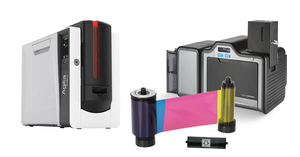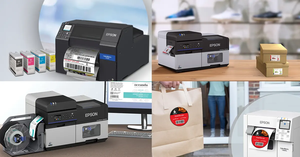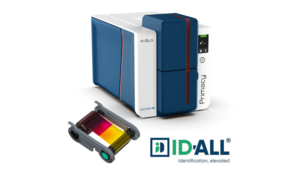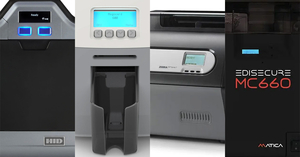Access Control for Schools

While statistics seem to show that the national crime rate
has fortunately dropped in the last few years, other studies, such as the U.S.
Department of Education’s and the U.S. Department of Justice’s 2006 Indicators of School
Crime and Safety study, indicate that violent crime has risen specifically
among children and adolescents.
Such unfortunate incidents require renewed professionalism
and vigilance with regards to school safety and the integration of appropriate
methods. School administration, staff and the parent body should rightfully vie
for technological integration of visitor management and access control systems.
Such systems are typically used for restricting, recording
and monitoring access into and departure from a school building. Student-issued ID cards can be synchronized with access control systems, most of which include
or are compatible with software programs, such as the one seen here, designed for tracking visitors,
recording data and compiling it into reports. The main purpose of the hybrid
between existing ID card and access control systems is to help school security
and staff to more easily recognize who belongs and doesn’t belong on the school
grounds.
Access Control — Access control can refer to a single
entrance or to multiple entrances into the building. Such systems can be
integrated into as many entrances as necessary.
Visitor Management Software — The school can also use
software systems ideal for compiling detailed reports describing data, such as
visitor frequency, entrance and exit, and most-commonly used entrances. Such data
can help staff identify and learn about any potential problems related to
violence on campus.
Expiring Badges — Expiring badges are visitor badges with a predetermined “lifespan” and are typically issued to guest speakers or other persons for temporary access to the facility. Such badges are generally effective for one day only or a half-day.









